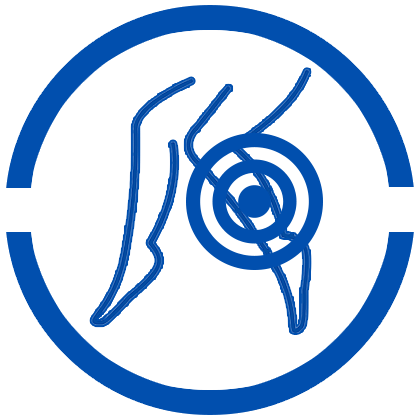Book your appointment
Treatment for Peripheral Arterial Disease (PAD)
Often, patients suffering with PAD have no symptoms. Although, in some cases patients can develop a pain in their legs when they walk, which then disappears after a few moments of rest. The medical term for this is “intermittent claudication”. Initially we would recommend and aid you through making lifestyle changes and medication.
Booking your initial consultation will enable Liverpool Vascular Clinic to assess your condition and provide the advice and specific treatment that’s right for you.
The Treatment & Process
A full and comprehensive range of treatments are offered by the Liverpool Vascular Clinic who will assess and provide the appropriate treatment for you. Below are some of the most common treatments we offer.
Assessment
All treatment plans start with our assessment / initial consultation. This allows our specialists to fully understand your condition and work out the right path of treatment for you.
Management
Lifestyle changes and medication are the most common ways to treat PAD and we can help devise a plan to help you. This will include:
The most helpful changes you can make are to start regularly exercising and, if you’re a smoker, to reduce and give up smoking. These changes can help ease the symptoms of PAD and reduce the chances of it getting worse. It’s also important to:
- eat a healthy diet
- lose weight, if you’re overweight or obese
- moderate your consumption of alcohol
We will also look into any underlying causes and treat them, including high blood pressure, high cholesterol, and diabetes. Medicine and, in some cases, surgery can be used to improve the blood flow in your legs.
Arterial Duplex
At the Liverpool Vascular Clinic we use a specialised form of ultrasound scanner (known by many people as the type of machine used for scanning babies in the womb). This will give us images of the tissues and blood vessels in your legs/pelvis and information on the blood flow through them which in turns helps us diagnose and treat your condition.
Using the images and measurements of blood speed and volume we are able to accurately determine if there is any narrowing, enlargement, or blockage in the arteries and, if so, how severe this is.
Narrowing or blockage of arteries in the leg can cause intermittent claudication – an ache in the leg brought on by exercise (usually walking). This ache will generally go away when the exercise is stopped. It is sometimes associated with a severe shortage of blood supply to the leg or foot which may require urgent attention.
Surgical intervention ( Bypass or Angioplasty)
In some cases we may need to give you surgery to help with your condition. Angioplasty is a common procedure we would use to help with PAD. The term “angioplasty” means using a balloon to stretch open a narrowed or blocked artery. However, most modern angioplasty procedures also involve inserting a short wire-mesh tube, called a stent, into the artery during the procedure. The stent is left in place permanently to allow blood to flow more freely.
Lower limb bypass is required for limb preservation or to treat severe claudication. It diverts blood around narrowed or clogged parts of the major arteries to improve blood flow and oxygen supply to the heart.
If required, any surgery will be discussed with you and we will fully support you throughout the procedure and aftercare.
Re-Assess and discharge
All treatment plans include a quick clinical follow-up around 6 weeks post procedure. You will speak with your clinician to review the improvement in appearance and symptoms as discussed during your diagnosis. Following this appointment you can expect to be discharged from our care and get on with enjoying your life.
Book your appointment
Have a different condition?
Varicose Veins
Leg Swelling
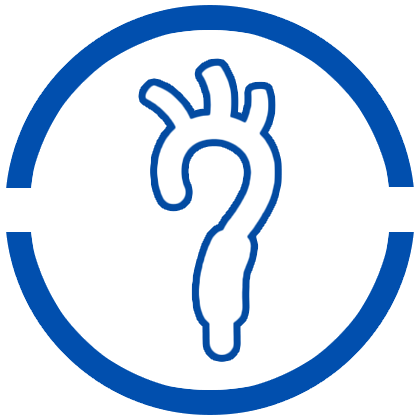
Aortic Aneurysm (AAA)
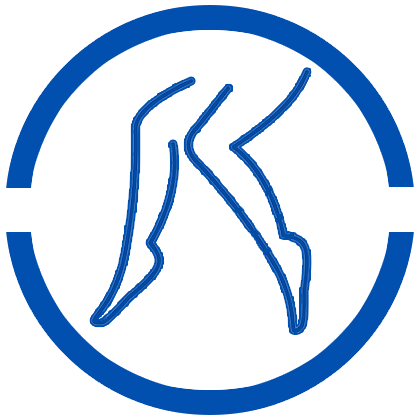
Peripheral Arterial Disease
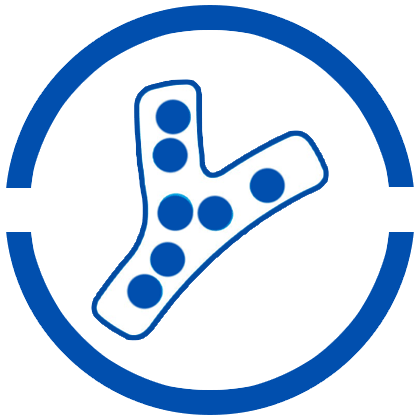
Vascular Imaging
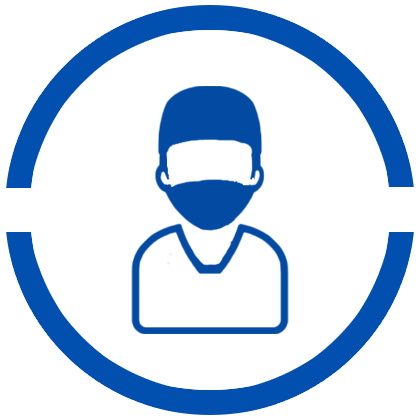
General Vascular Surgery
Patient Reviews
"In 2024 I experienced severe pains in my left leg during a walk. After seeing the doctor then a consultant and a scan I was told that I had a blockage in a main artery of my left leg and that it was Intermittent Claudication. I could not walk more than 50/100yds without severe pain. I was advised that the body will compensate for the Claudication and that exercise will help that process. I did do exercise but with after thought not enough and not dedicatedly.
Things didn’t improve that much so I went for a second opinion with another Consultant (Mr Simon Neequaye) and another scan. The situation was explained in much greater detail and the possibilities of surgical procedures and the risks involved. The decision of what course to take was left for a couple of months for me to decide.
After a delay due to another medical problem I made up my mind to do everything I could with the advice given,that was,exercise could help with the condition. I researched and found an exercise program on the internet from a NHS hospital. It consisted of Twelve basic exercises to be done 2/3 times a week,which I started straight away and combined that with walking as far as I could as often as I could. I also practiced going up and down the stairs with my left leg leading to exercise it as much as possible. It was very painful at times but the advice was to push through, then rest then continue. It was very difficult at first but gradually it was easier to do the exercises and my walking distances improved.
After several months at my next appointment/ check up I was able to say that my mobility had increased significantly and that the pain had improved and now was more of an ache than a severe pain. Also I think doing something positive has helped me deal with the situation."
"After struggling with the veins in my left leg for 8 years, deciding to proceed with treatment from Mr Neequaye was the best thing I ever did. He kept my calm throughout the procedure, and the results are better than I’d have imagined."
"I found him to be an extremely skillfull, cautious and approachable Vascular Surgeon and despite the challenges created by the pandemic left no stone unturned at the pre-op stage.
He was never rushed and always took time to explain, in layman’s terms, and sometimes with sketches precisely what he was proposing as the solution to my pending complex Aortic Aneurysm repairs.
My procedure took place in early June 2021, I now feel fit and well and extremely fortunate indeed that my Surgeon was Mr Simon Neequaye."
"Following the discovery of abnormal blood pressure readings I was fortunate enough to be referred the consultant vascular surgeon Dr Neequaye.
Tests and scans revealed that I had a rare arterial plumbing configuration. Following discussion we decided that the condition would be managed medically with now annual checks and two yearly scans.
I am grateful for his level of expertise,the confidence this inspires and for the inclusive nature of our consultations. "

